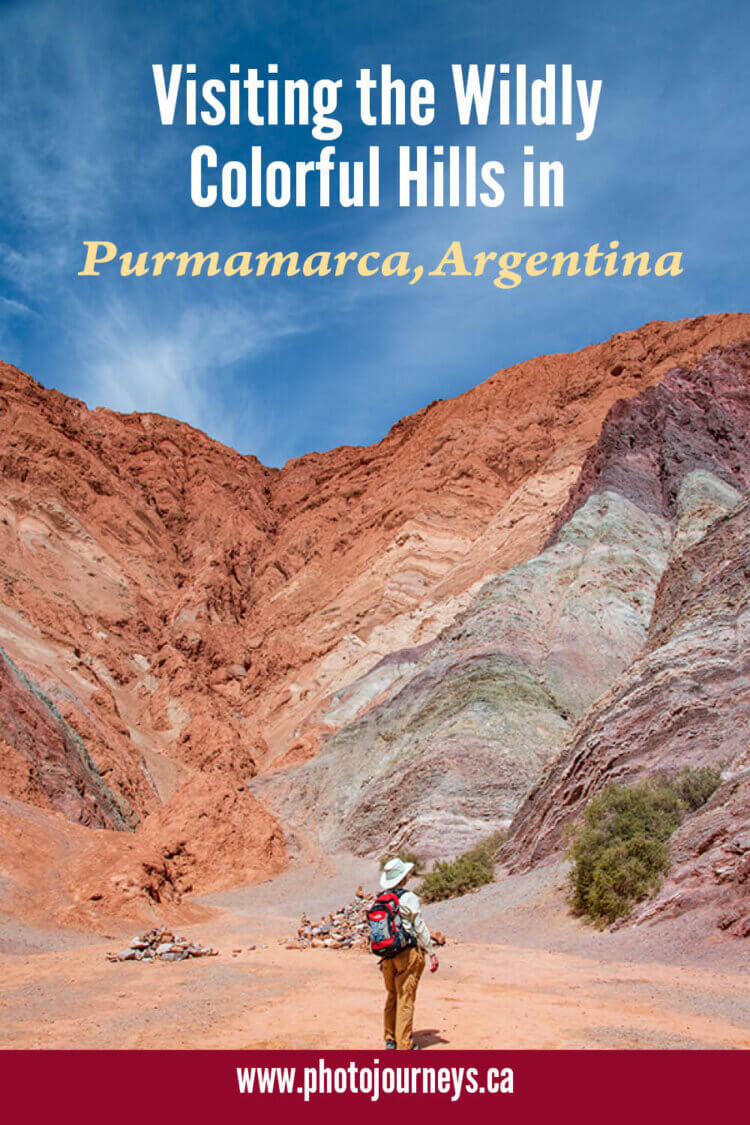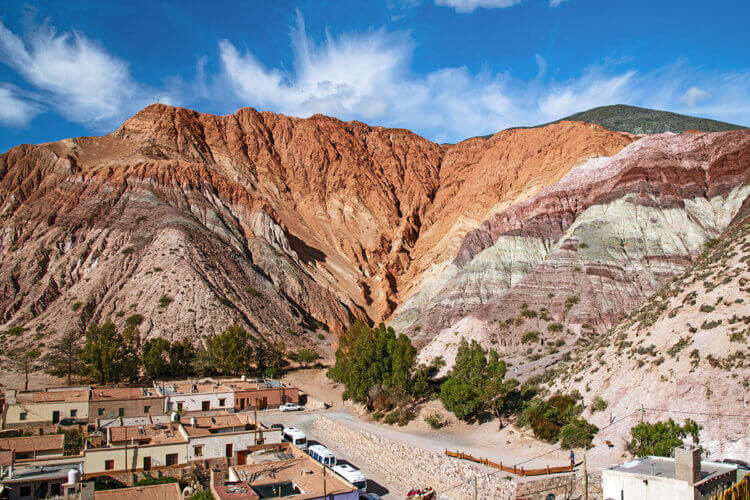

If you like your scenery with wild splashes of colour that border on the unreal, you would be hard pressed to find a place that tops Purmamarca in Northwest Argentina. It is part of the larger Quebrada de Humahuaca, a long narrow valley along the Rio Grande River designated a UNESCO World Heritage Site for both its spectacular landscapes and cultural heritage dating back to Inca times and earlier, as well as the early Spanish colonial period. The small whitewashed church in Purmamarca’s centre square has been rebuilt over the years, but its origins date to 1648.
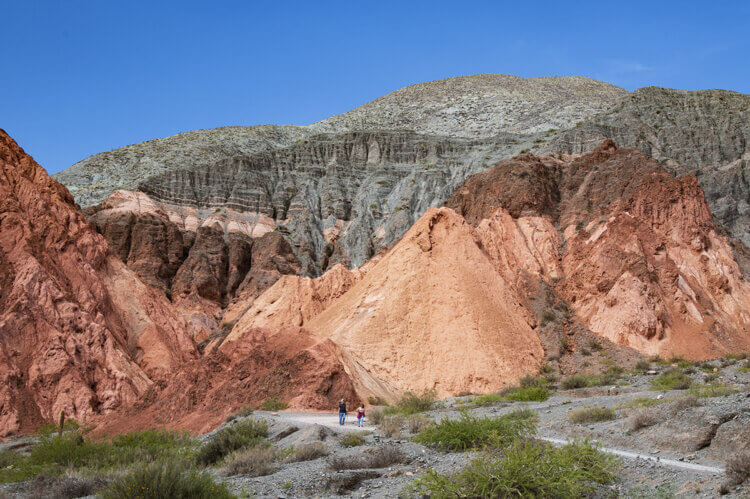
Why is it so Colourful?
Travelling throughout this region, we see a series of landscapes with blazing hues, though Purmamarca tends to stand out for its extreme concentration in a fairly small area. The highlight is the famous Cerro de 7 Colores, or the Hill of 7 colours.
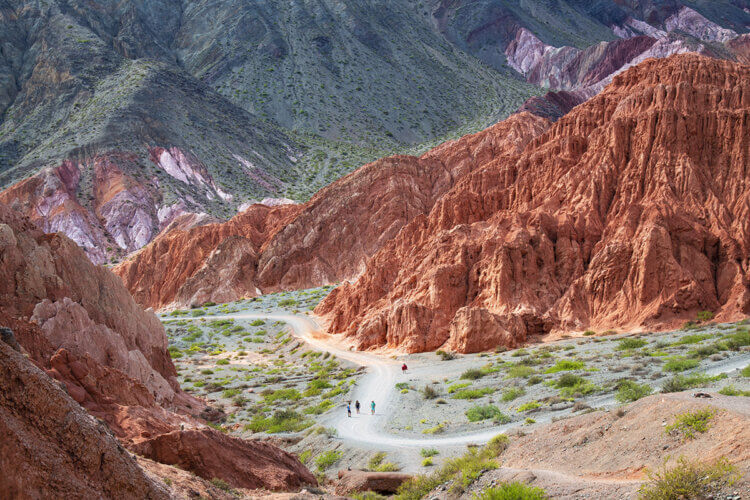
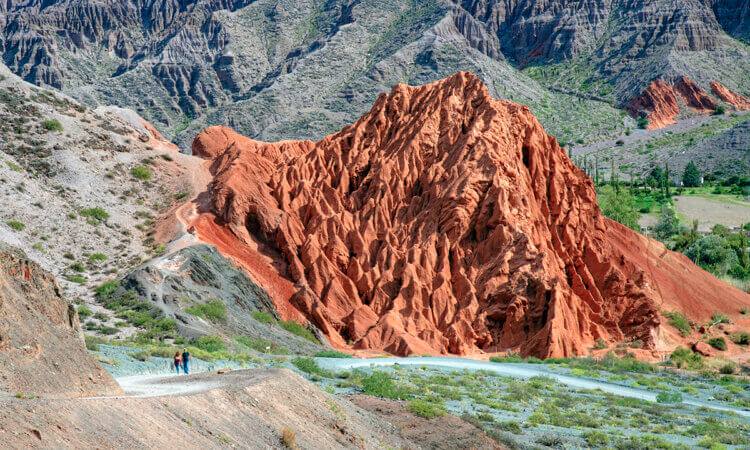
The variety of colours is due to the accumulation of sediments for more than 600 million years. The gray, dark green and purplish are marine sedimentary rocks with origins some 600 million years ago. The purple, dark pink and whiteish rocks belong to the Upper Cambrian Period of about 540 million years ago. The light gray to yellowish are outcrops of sandstone and lutites from the Ordovician Period about 505 million years ago. The red rocks are comparatively new, from the Cretaceous Period of 144-65 million years ago, and the light pink rocks from the Tertiary Period, from 65 to 21 million years ago.
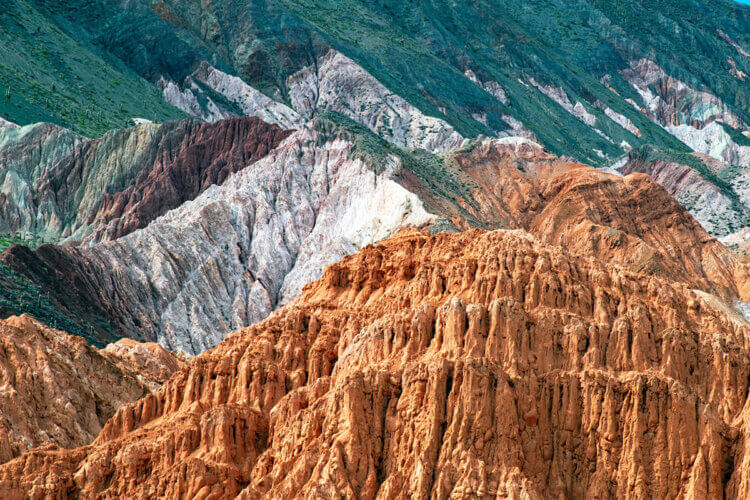
A local legend on the origins of the colours is a lot more…well colourful. A long time ago when the village was first founded, the hills were rather ordinary looking. Quite boring in fact. The children complained to their parents that they wanted to live somewhere more exciting, but the grown-ups paid them no heed. So the kids decided to take things into their own hands. Each night they would sneak out of their beds and paint the hill a different colour. They did this for seven nights, leaving us with the view we see today.
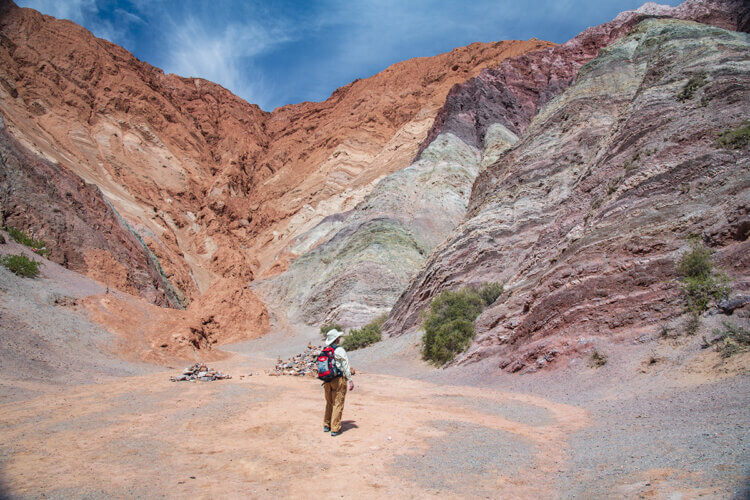
Paseo de los Colorados
There are likely more than 7 colours if you count the different shades of each. While the hill right beside town is the most famous, we can see an astounding variety of other hills with even more colours on the 3-km long Paseo de los Colorados, a route starting beside Cerro de 7 Colores that you can hike or travel by car. The colours constantly change and seem to get crazier around every corner. Make sure that your camera battery is well charged before heading out. You will be using it a lot.
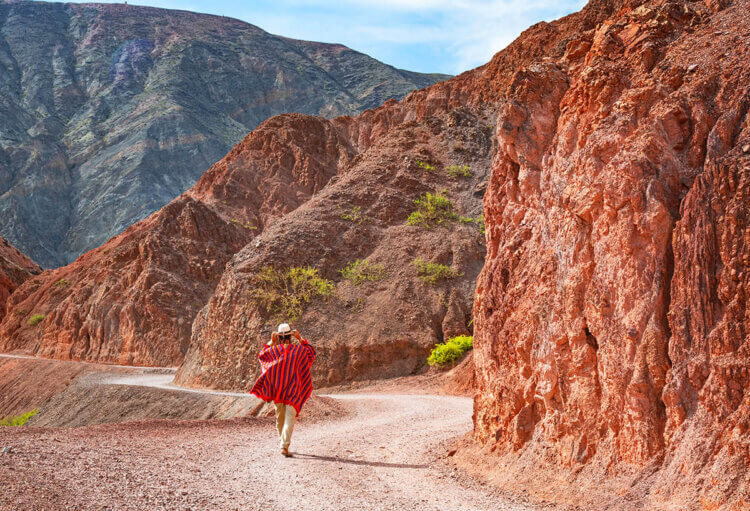
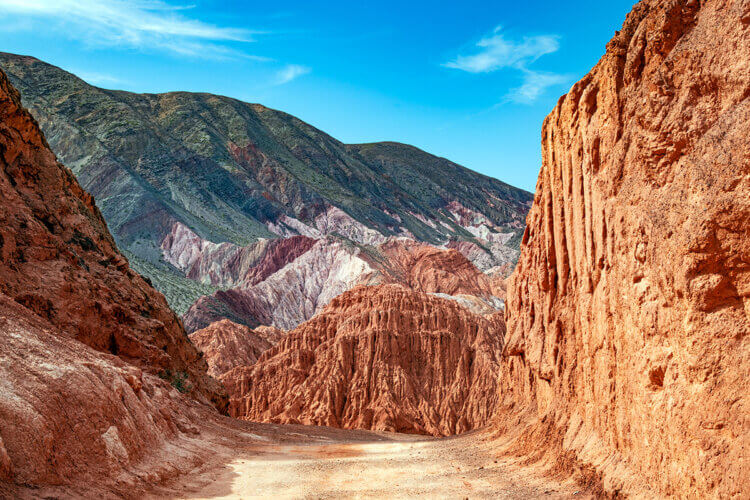
The best part is that this area is free to visit. The only exception is the viewing platform on a hill top which provides uninterrupted vistas of the Cerro de 7 Colores over the rooftops, with an admission fee of about 40 cents when we visited.
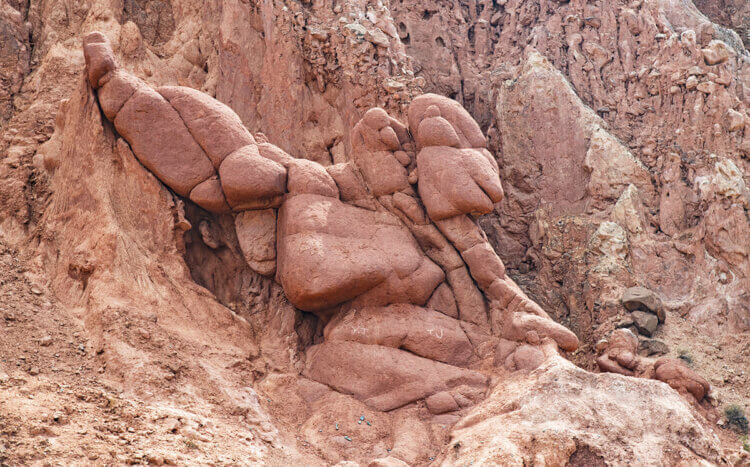
Best time for Photography
For photography, the best time to visit is morning when the sun lights up the Cerro de 7 Colores. Go early but not so early that the sun hasn’t cleared the mountains. As you walk around the Paseo de los Colorados, different formations face different directions, so late afternoon light would be nice as well. However, during our visit, a common weather pattern was to have sun in the morning, with clouds and sometimes rain moving in during later afternoon.
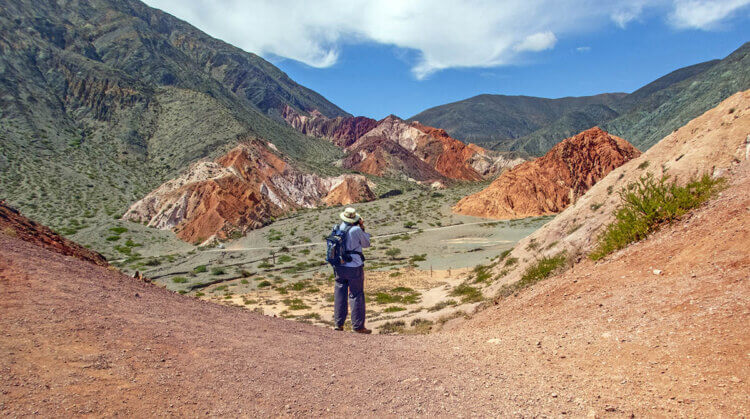
How to visit Purmamarca
To visit Purmamarca, you can either take a guided tour from larger towns in the area or simply visit on your own. If you’re an avid photographer, it’s definitely best to go on your own. Many tours arrive in the middle of the day, in the worst possible light, and tend not to stay long enough.
One option is to stay in Purmamarca, which is most convenient for visiting the hills. But because this is primarily a tourist town, prices are higher than in other towns in the area and you may have to arrange accommodation farther in advance. We stayed in Tilcara, about 25 km to the north, which we found to be a more convenient base to explore much of the Quebrada de Humahuaca. We could hop a bus to Purmamarca for less than a dollar.
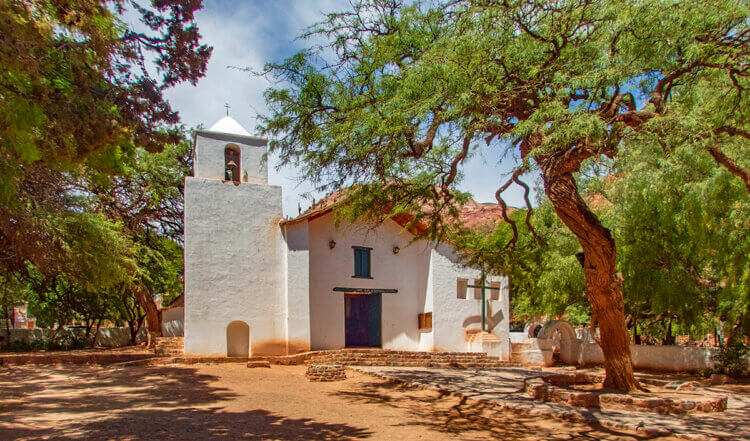
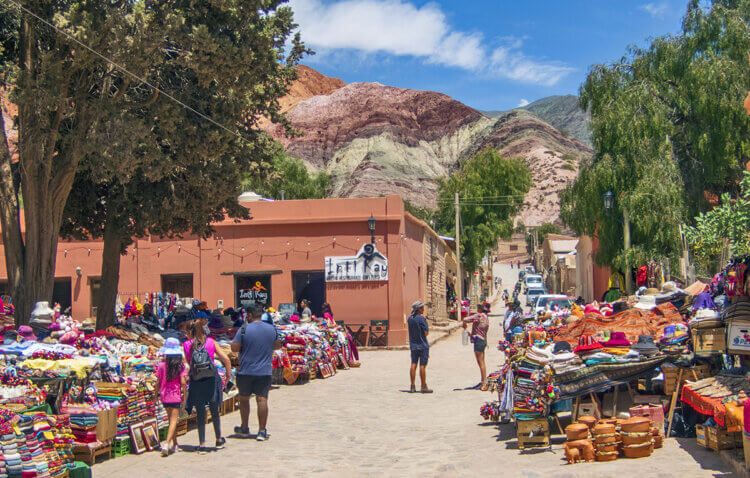
Besides the colourful hills, you can see the rest of the small community of Purmamarca during a very short walk around. It’s a pleasant enough town with low adobe buildings set against the hills. Many of the eateries feature local specialties. Llama saugage anyone? The centre square is surrounded with street stalls selling crafts and souvenirs.


